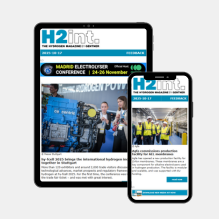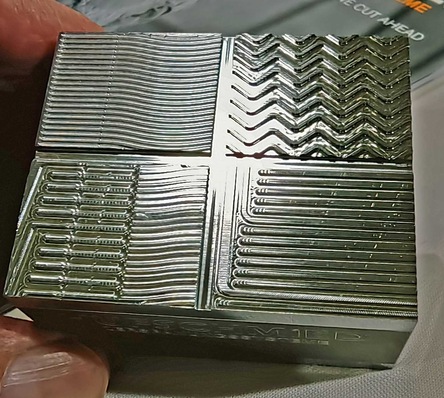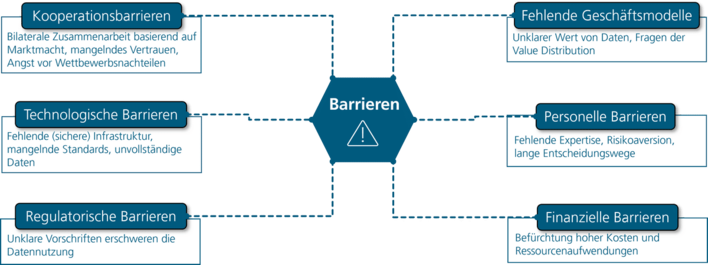The Fraunhofer Institute for Laser Technology (ILT), together with iGas energy and the manufacturing specialist dLS LichtSchneiderei, is developing new methods for the production of PEM electrolysers. The focus is on eliminating costly precious metal coatings by using laser-welded titanium expanded metal with high electrical conductivity. The project, titled "AI-supported welding and cutting of expanded metal for efficient electrolyser production" (KISSSEs), started in October 2025 and is scheduled for three years.
Researchers at Fraunhofer ILT are relying on artificial intelligence (AI) to identify optimal welding points in complex lattice structures. This precise welding reduces electrical contact resistance and makes expensive precious metal coatings unnecessary. Additionally, AI-supported laser cutting processes improve the edge quality of the grids, which is expected to further increase the efficiency of the electrolysers.
"Our AI models identify the optimal welding points even in irregular expanded metal geometries, enabling reproducible contacts with lower resistance," explains Zhiheng Ye, hydrogen expert at Fraunhofer ILT. "This lays the foundation for scalable and resource-efficient electrolyser production."
PEM technology as a key to dynamic hydrogen production
The project focuses on proton exchange membrane electrolysis (PEM), where a membrane electrochemically separates water into hydrogen and oxygen. PEM systems are considered particularly suitable for operation with fluctuating renewable energies, as they offer high power density, short response times, and good partial load capability.
The PEM stacks used in the project are supplied by iGas energy. They produce up to 260 normal cubic meters of hydrogen per hour and can be scaled by coupling. iGas energy also contributes electrochemical system expertise, develops flow and cell models, and tests the components in operation.
Regional cooperation in the Rhenish mining area
In addition to Fraunhofer ILT and iGas energy, the spin-off dLS LichtSchneiderei is also involved. The company transfers the developed cutting parameters into industrial production, produces sample parts, and supports the transfer to production facilities. The partners are working together in the Rhenish mining area, which is considered a model region for structural change.
"The establishment of this process and the associated value chain can make a decisive contribution to the successful structural change in the Rhenish mining area," says Karl-Heinz Lentz, Managing Director of iGas energy.
The KISSSEs project is funded under the DigiRess program by the state of North Rhine-Westphalia and the Federal Ministry for the Environment, Nature Conservation, Nuclear Safety and Consumer Protection.









